And the Ottoman perspective to it.
And the Ottoman perspective to it.
By Dr. Halim Gençoğlu
The first modern concentration camps in history were shown by the British during the Second Anglo-Boer War (1899–1902) in South Africa. These camps marked a significant and controversial turning point in the history of warfare and civilian treatment.
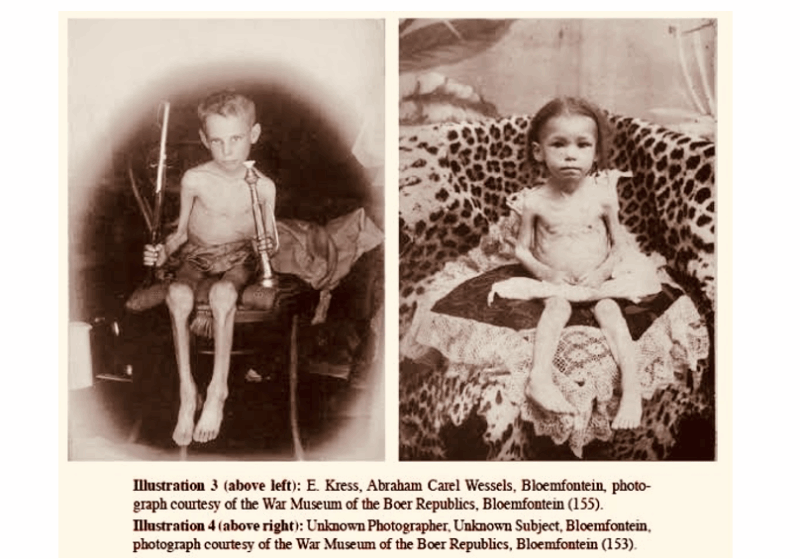
The British used concentration camps to control the Boer civilian population (mostly women and children) and cut off support for Boer guerrilla fighters. Over 100,000 civilians were interned.
Poor sanitation, inadequate food, and disease led to the deaths of around 26,000 Boers, mostly women and children, and about 20,000 Black Africans in separate camps. The camps were part of the “scorched earth” policy, where British forces destroyed farms, crops, and homes to deny resources to Boer fighters.
It marked a shift toward total war, where civilians became strategic targets. Reports by Emily Hobhouse, a British humanitarian, exposed the horrific conditions and generated outrage in Britain and Europe. The scandal led to public pressure and eventual reforms in the camps.
These camps are seen as a precursor to 20th-century concentration camps used in later conflicts, though not designed for extermination like those in Nazi Germany. They remain a deeply controversial part of British imperial history and a source of historical trauma in South Africa.
The Ottoman Perspective
“Boer children and women are quickly dying in the concentration camps under the cruel British control,” reported by the Ottoman military observer Aziz Bey from Transvaal during the Second Boer War. Lieutenant Aziz Bey noted the concentration camps as a war crime committed by the British army and submitted his report to the Ottoman Sultan in Istanbul in 1902.
Indeed, the Anglo-Boer War (1899-1902) was more than a conflict between the British Empire and the Boer republics of South Africa; its impact reverberated worldwide at the beginning of the twentieth century. As the Anglo-Boer War escalated, British forces faced difficulties in suppressing the guerrilla warfare tactics employed by Boer commandos. In response, British authorities decided to forcibly relocate Boer civilians into concentration camps. These camps were intended to separate the civilian population from Boer fighters, a strategy that ultimately led to catastrophic consequences.
Amidst the brutalities of war, a dark chapter unfolded as civilians, particularly women and children, found themselves confined to concentration camps. Tents provided insufficient shelter, and basic necessities such as food, water, and medical care were often inadequate. The harsh South African climate exacerbated the challenges, leading to outbreaks of diseases like typhoid and dysentery.
Children, being the most vulnerable, suffered immensely in these camps. The lack of proper medical facilities and nutritional support resulted in alarming mortality rates among young camp inhabitants. Many children were left orphaned or experienced long-lasting physical and psychological trauma.
The legacy of the concentration camps during the Anglo-Boer War is a somber one. The high mortality rates, especially among children, left a lasting impact on the affected communities. The trauma endured by survivors echoed through generations, shaping the collective memory of the war and contributing to a complex historical narrative.
In contemporary times, the concentration camps of the Anglo-Boer War are recognized as a dark episode in history. South Africa and the global community reflect on this period, acknowledging the human cost of war and the necessity of preserving the memory of those who suffered in the camps. Efforts to educate future generations about the consequences of conflict aim to prevent the repetition of such tragedies. More informative documents and photographs can be seen at the Anglo-Boer War Museum in Bloemfontein.
This just reminds me of the current situation of children and civilians in Palestine, which has been a long-standing issue, shaped by the ongoing Israeli-Palestinian conflict and its various dimensions. The suffering endured by children and civilians in these camps highlights the human cost of conflict and emphasizes the importance of safeguarding the rights and well-being of non-combatants during times of war.
One must ask: Do the children in Palestine grow up amid a protracted conflict, exposed to violence, displacement, and loss? The psychological toll on their well-being is substantial, manifesting in conditions like anxiety, depression, and post-traumatic stress disorder. And now, the British are committing another crime 120 years later by fully supporting Israeli genocide in Palestine.




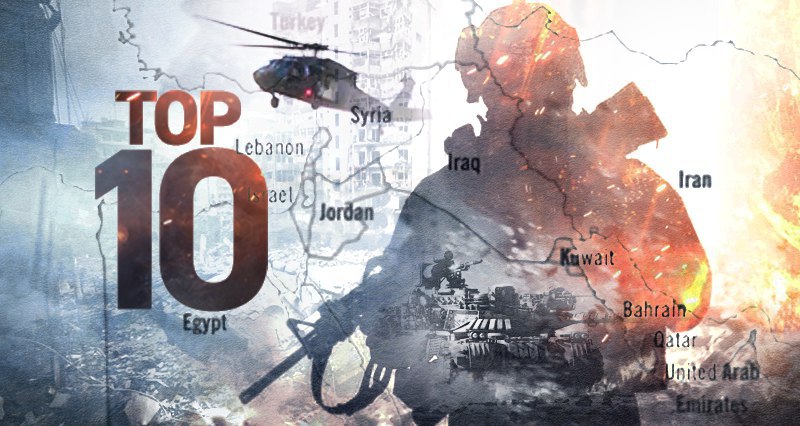
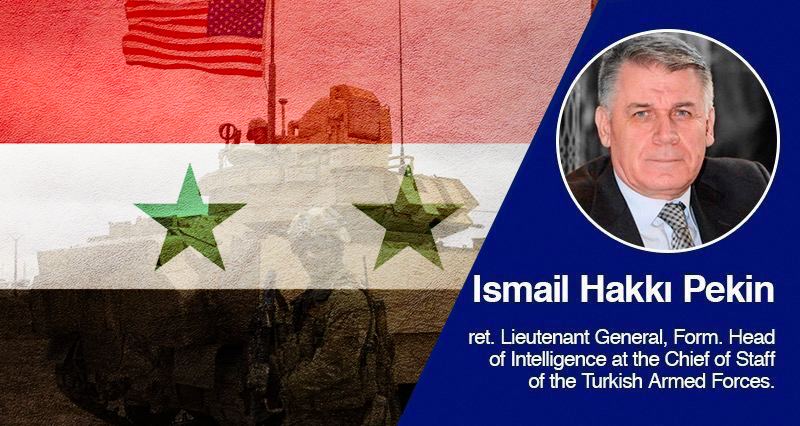

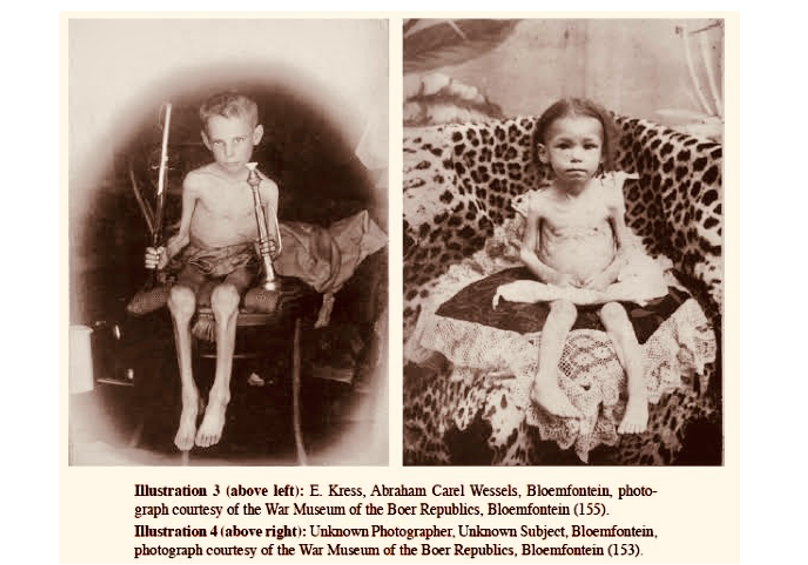


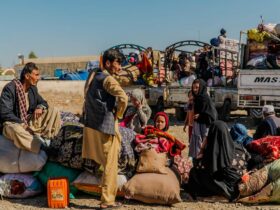

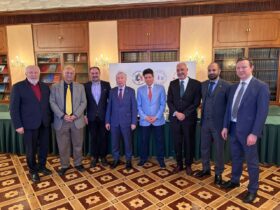
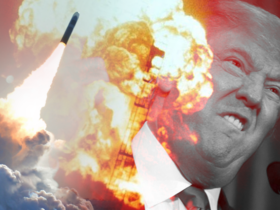
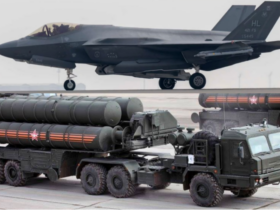


Leave a Reply